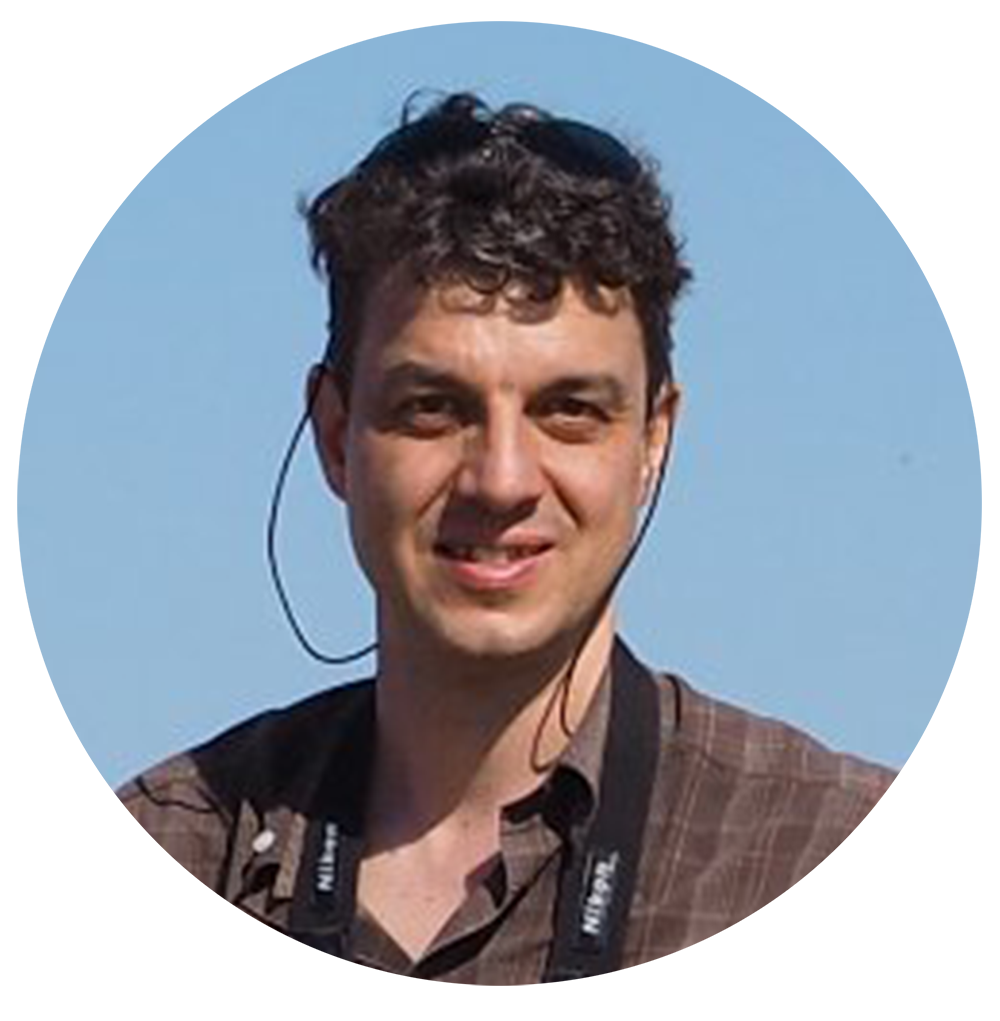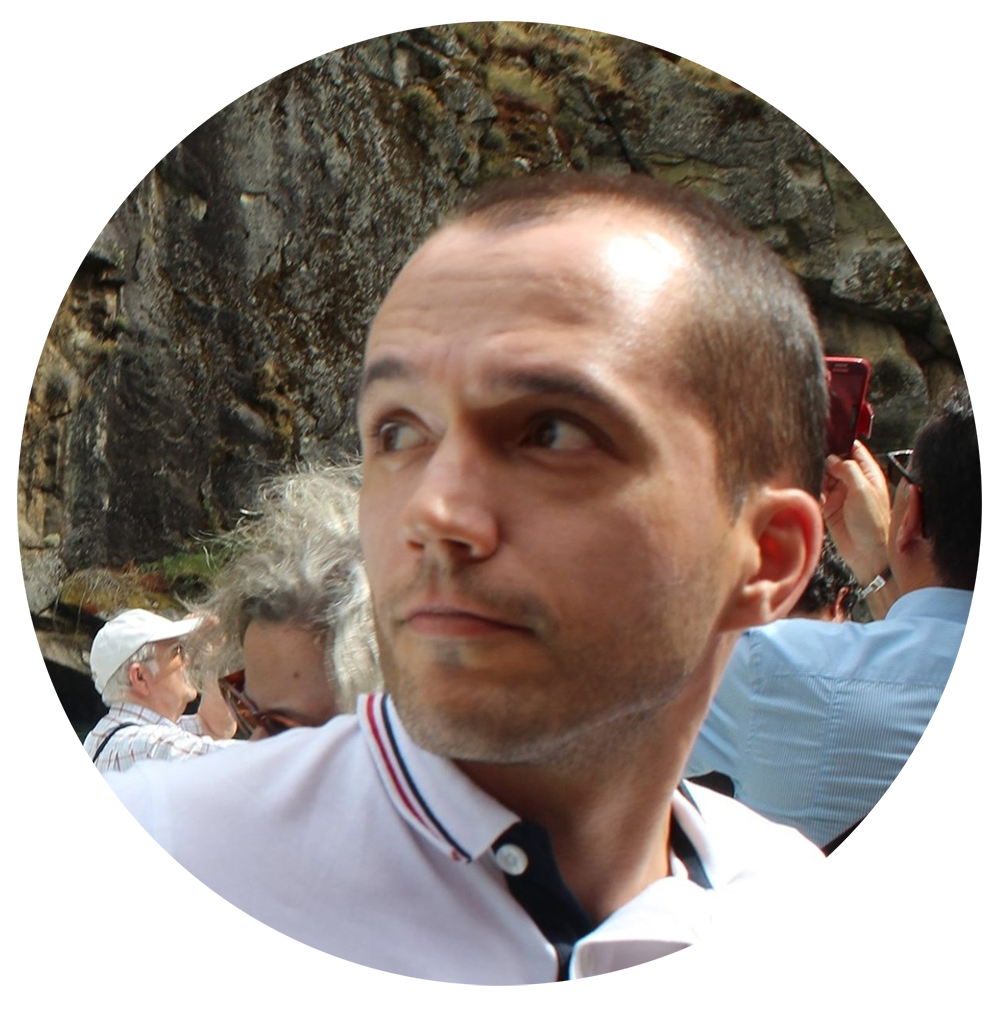Multi-scale nature connectivity and corridors design.
Work package lead: Martin-Luther-Universitat Halle-Wittenberg (MLU)
Work package co-lead: Associação Biopolis (CIBIO)
Martin-Luther-Universitat Halle-Wittenberg:

Néstor Fernández

Jeremy Dertien

Emmanuel Oceguera
Associação Biopolis:

Francisco Moreira

Filipe Dias

Ana Ceia Hasse
Background
In order to create a resilient network of protected areas, it is crucial to have ecological connections between protected areas to enable the movement of organisms across a landscape. These ecological corridors can also provide various ecosystem services, such as carbon sequestration and recreational spaces, which make them valuable as green and blue infrastructures.
Purpose of the work package:
The aim of this work package is to develop a methodological framework and guidelines for mapping ecological connectivity at the regional, national and European scales. By using an interdisciplinary approach to combine stakeholder engagement, species life history traits and state-of-the-art spatial models, we aim to prioritize the conservation and restoration of corridors and other green and blue infrastructure across the continent. This will facilitate the migration and dispersal of species while preserving the beneficial functions of ecosystems. In collaboration with stakeholders, we will identify suitable landscape elements and planning instruments and model opportunities and risks for enhancing connectivity consistently across Europe, under different climate and land use scenarios. Our goal is to analyse optimal configurations of corridors and restoration needs to achieve a coherent Trans-European Nature Network (TEN-N).
Our solutions:
→ Connectivity knowledge exchange
Identifying priority landscape features and conservation targets is essential to successfully implementing a connected network of protected areas. We will co-design a framework for multi-scale connectivity assessment and planning together with stakeholders from Member State administrations, EU policy bodies and other relevant EU programs and platforms. This will include setting targets for connectivity planning in the terrestrial and freshwater realms, the establishment of best practices in planning and assessment, and an inventorying of spatial data to support the design of ecological corridors at the European scale.
→ Understanding species to model functional connectivity
When designing ecological corridors, it is important to understand how different species move through the natural environment in order to maximize the use of the corridor by different organisms. We will use data on individual species movement to simulate dispersal patterns of archetypical species. Also, we will estimate trait-based general models of spatial requirements for species groups. Outputs will be included in the guidelines and in a web database to support functional connectivity planning.
→ Prioritizing trans-European ecological connectivity
We will bring all the information gathered on priority landscape features, conservation targets, and species dispersal data to model European-scale terrestrial and freshwater connectivity. Using this integrated approach, we will first be able to develop a landscape model of structural connectivity. Then model functional connectivity resistances using species and habitat data at the sub-national, national, and continental scales. Finally, we will calculate the probability of connectivity and priority corridors for different proposed configurations of the TEN-N. All of this will produce maps that highlight key ecological corridors across Europe for conservation and restoration.
→ Opportunities and risks for conserving connectivity
Finally, it is important to plan for different potential environmental scenarios given the volatile impacts of climate and human land-use change. Using the Nature Futures Framework scenarios and maps developed by work package 5, we will use the same connectivity modelling framework to quantify changes in connectivity resulting from different climate and land-use change scenarios. We will estimate the conservation value, connectivity bottlenecks, and risks, associated with different ecological corridors, while highlighting the restoration potential for enhancing connectivity in TEN-N.

